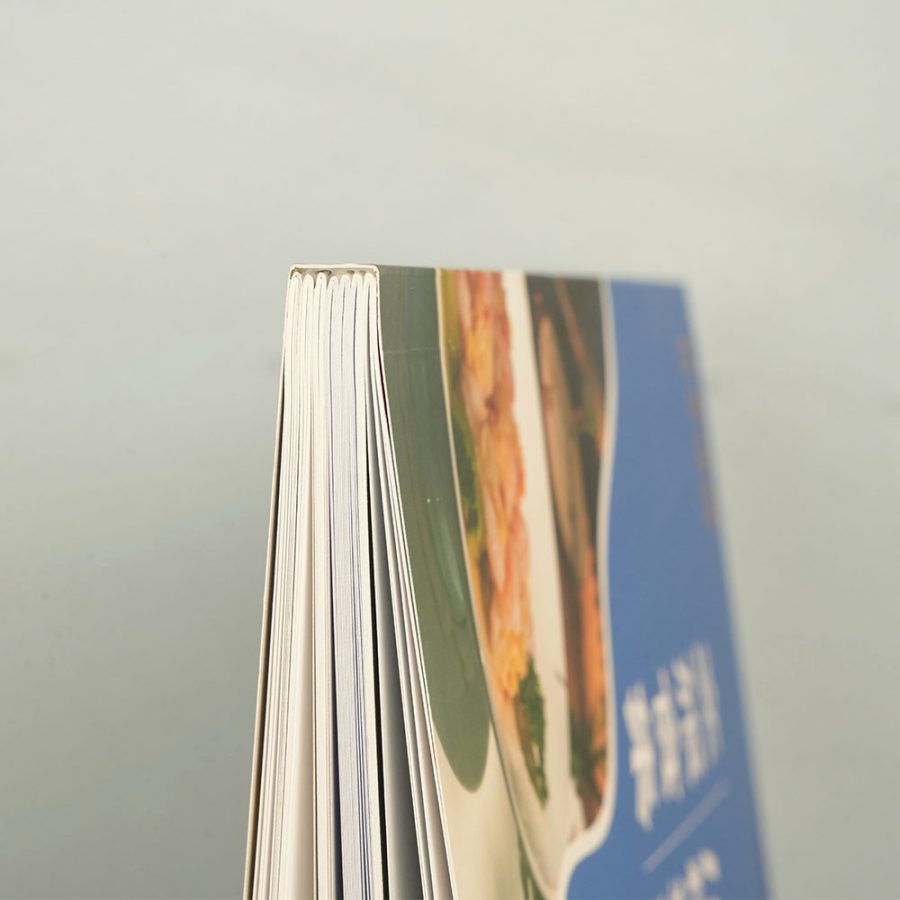Paperback Book Printing: An In-Depth Guide
Publishing a paperback book is an exciting endeavor that brings a writer’s work to life and allows them to share their creativity with the world. Whether you’re a self-published author, a small press, or a seasoned publisher, understanding the paperback book printing process is crucial for a successful project. This guide will walk you through the different stages of paperback book printing, from initial design to choosing the right materials and finding the best printing option for your needs.
1. Choosing the Right Size for Your Paperback Book
Standard Sizes: Some common paperback sizes include:
Before you dive into printing, one of the first decisions to make is the size of your book. Paperback books come in a variety of sizes, depending on the genre, audience, and personal preference of the author or publisher.
5.5 x 8.5 inches: Often used for novels and general fiction.
6 x 9 inches: A popular choice for both fiction and non-fiction books, especially those with images, charts, or more complex layouts.
5 x 8 inches: A common size for smaller paperbacks, often used for poetry or novellas.
Custom Sizes: If your project calls for something unique, you can opt for custom dimensions, though this might increase costs.
2. Designing Your Book: Interior and Cover
Interior Design
Once you’ve settled on the size, the next step is to prepare the design for your book. This involves both the interior formatting and cover design. Both elements are vital in creating a professional and engaging final product.
The interior design of a paperback is just as important as the cover in attracting readers and offering a smooth reading experience. Key elements of interior formatting include:
Page Layout: This includes the margin sizes, line spacing, and text alignment.
Font Choice: Choose a legible font for the body text, typically a serif font like Times New Roman or Garamond. Headings can be in a contrasting sans-serif font for clarity.
Chapter Breaks and Page Numbers: Ensure that chapters are well-defined, and page numbers are placed consistently throughout the book.
Images and Graphics: If your book includes illustrations, photos, or charts, ensure they are high-resolution and properly placed.

Cover Design
Your book cover is often the first impression a reader will have, so it’s important to get it right. When designing the cover, consider:
Front Cover: This should include the book title, author name, and any images or artwork that reflect the essence of the book.
Spine: The spine should have the book title and author name, particularly if the book will be displayed on shelves.
Back Cover: Include a short blurb or synopsis, a bar-code, and possibly author information or reviews.
Book designers or self-publishing platforms can assist with layout and cover design, though many authors opt for professional help to ensure high-quality results.
3. Choosing the Printing Method: Digital vs. Offset Printing
Once your book’s design is ready, it’s time to choose the method of printing. Two main printing options are available: digital printing and offset printing.
Digital Printing
Overview: Digital printing involves creating a digital file that is sent directly to the printer. The printer then uses a process similar to that of a high-quality copier to print each page of the book.
Best For: Small print runs (often less than 1,000 copies) and print-on-demand services. Digital printing is ideal for self-published authors or publishers who need flexibility.
Advantages:
Cost-Effective for Small Runs: There are no upfront costs for large print orders.
Fast Turnaround: Digital printing generally has a quicker production time, allowing books to be printed and shipped quickly.
Customization: Easy to make changes or adjustments between print runs.
Disadvantages:
Higher Per-Unit Cost for Large Runs: While it's cost-effective for small quantities, the cost per unit increases for larger orders compared to offset printing.
Slightly Lower Quality: Digital printing can result in slightly less sharp text and images compared to offset, though the difference is often imperceptible to the average reader.
Offset Printing
Overview: Offset printing involves transferring an inked image from a plate onto a rubber blanket, which then transfers the image onto paper. This process is used for large print runs.
Best For: Larger print runs (usually over 1,000 copies). Offset is the traditional method for mass-market paperback production.
Advantages:
Cost-Effective for Large Runs: The cost per unit decreases significantly as the print run increases.
Superior Quality: Offset printing offers more vibrant colors and sharper text, especially on high-quality paper.
Disadvantages:
Higher Upfront Costs: The setup process requires more time and money, which can be a barrier for smaller publishers or self-published authors.
Longer Lead Time: Printing large runs takes longer than digital printing, so it may not be suitable for time-sensitive projects.
4. Paper and Binding Options
The paper quality and binding method used for your paperback book contribute to the overall durability and aesthetic appeal. Common paper choices include:
Paper Type:
Cream or White Paper: Cream paper is often used for novels or fiction, as it’s easier on the eyes during long reading sessions. White paper is often chosen for non-fiction or books with graphics.
Text Weight: The weight of the paper determines its thickness and feel. Standard text weight is between 50-60 lbs (or 75-90 gsm).
Binding:
Perfect Binding: This is the most common binding method for paperback books. It involves gluing the pages to the spine and adding a soft cover. Perfect binding is cost-effective and allows for a professional finish.
Saddle Stitching: This method involves stapling the pages together along the spine. It’s often used for smaller booklets or magazines but isn’t ideal for full-length novels.

Spiral Binding: Rarely used for paperback novels, spiral binding involves punching holes along the spine and securing it with a coil. This is more common for instructional books or workbooks.
5. Print Run and Cost Considerations
One of the most important factors when deciding to print a paperback book is cost. The printing costs can vary based on the number of copies you need, the paper type, binding, and printing method. It’s important to balance the cost of production with the price you intend to sell the book for.
Small Print Runs: If you’re printing fewer than 500 copies, digital printing is often more economical, as it doesn’t require large upfront costs.
Large Print Runs: If you’re printing more than 1,000 copies, offset printing becomes much more cost-effective per unit, and the quality is higher.
6. Distribution and Selling Your Paperback Book
After your book is printed, the next step is to get it into the hands of readers. You can choose to distribute your paperback book through various channels, such as:
Online Retailers: Amazon, Barnes & Noble, and other online stores offer paperback book sales and distribution services.
Local Bookstores: Many independent bookstores accept local authors’ works on consignment or offer direct sales.
Direct Sales: Selling directly through your website or at events, such as book fairs or author readings, can help build your audience and generate more sales.
Conclusion
Paperback book printing is a multi-step process that requires careful planning and attention to detail. From selecting the right size and designing a captivating cover to choosing the best printing method and materials, every choice you make impacts the final product. By understanding the ins and outs of paperback printing, authors and publishers can produce a professional-quality book that resonates with readers and stands out in a competitive market. Whether you are printing a small run for a niche audience or embarking on a larger publishing project, the right approach to paperback printing will help bring your vision to life.







